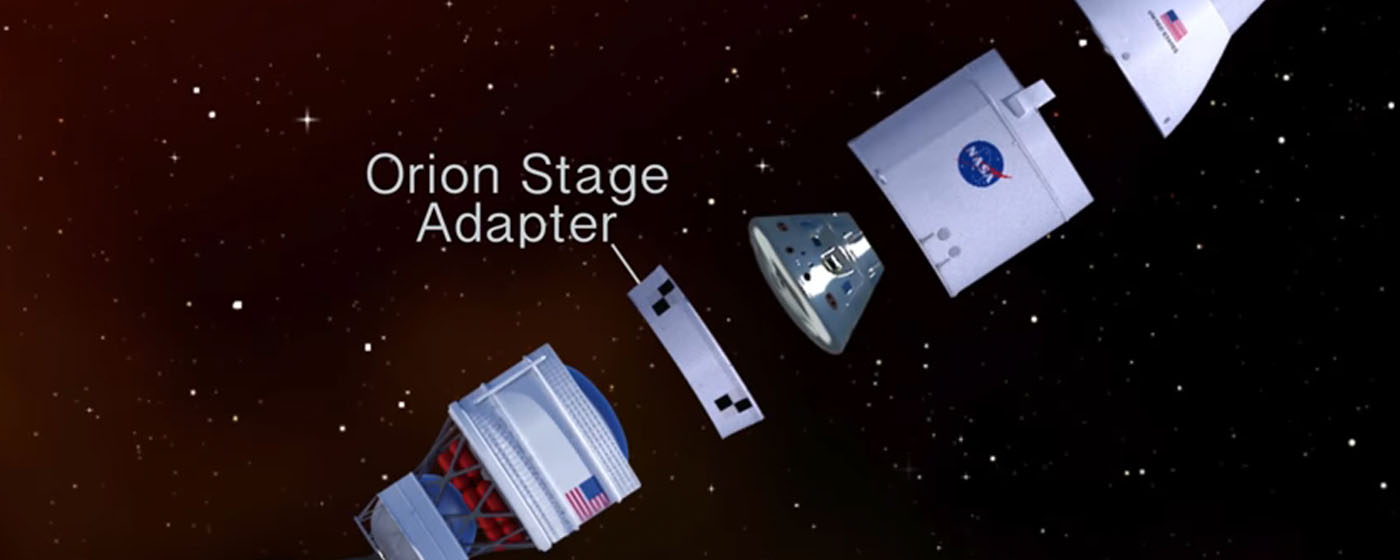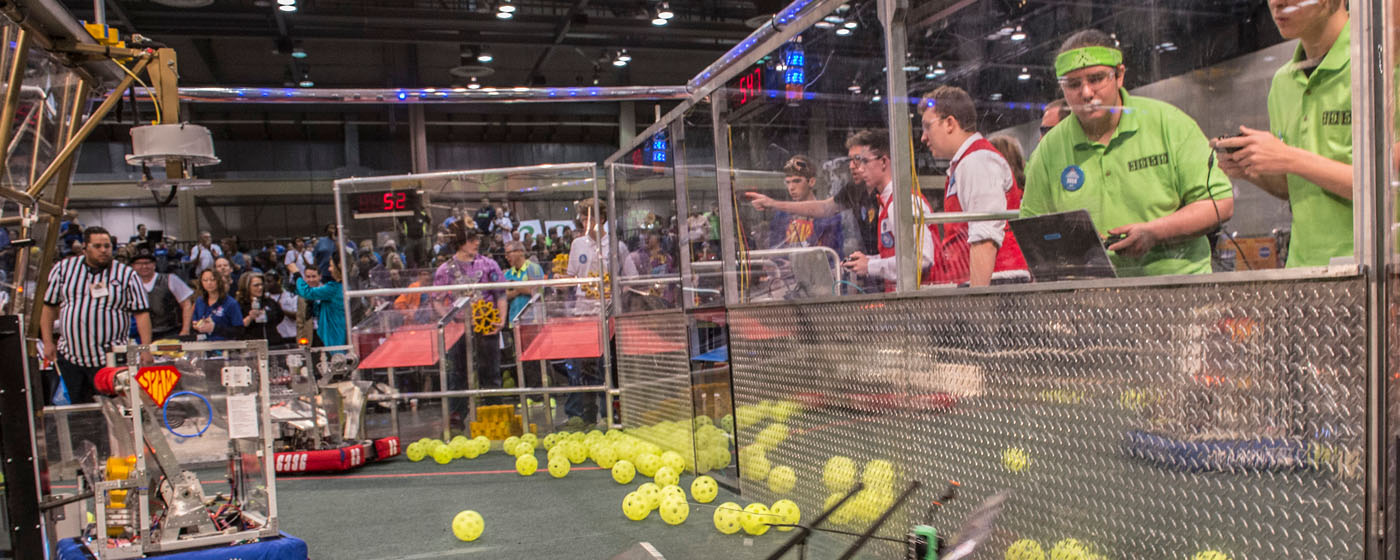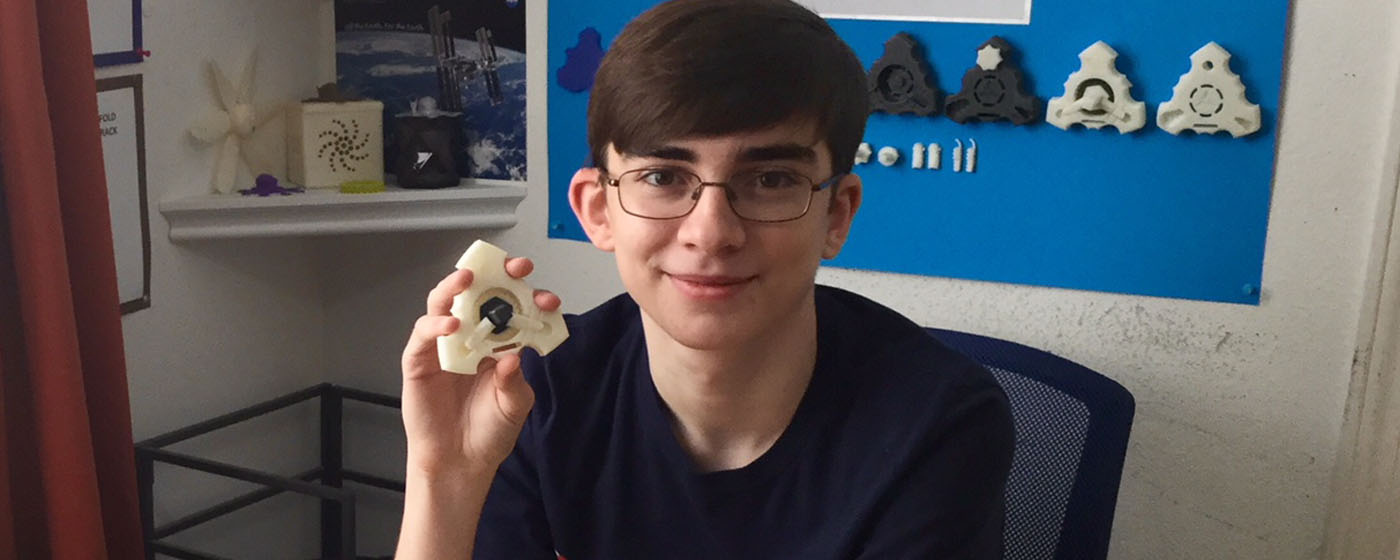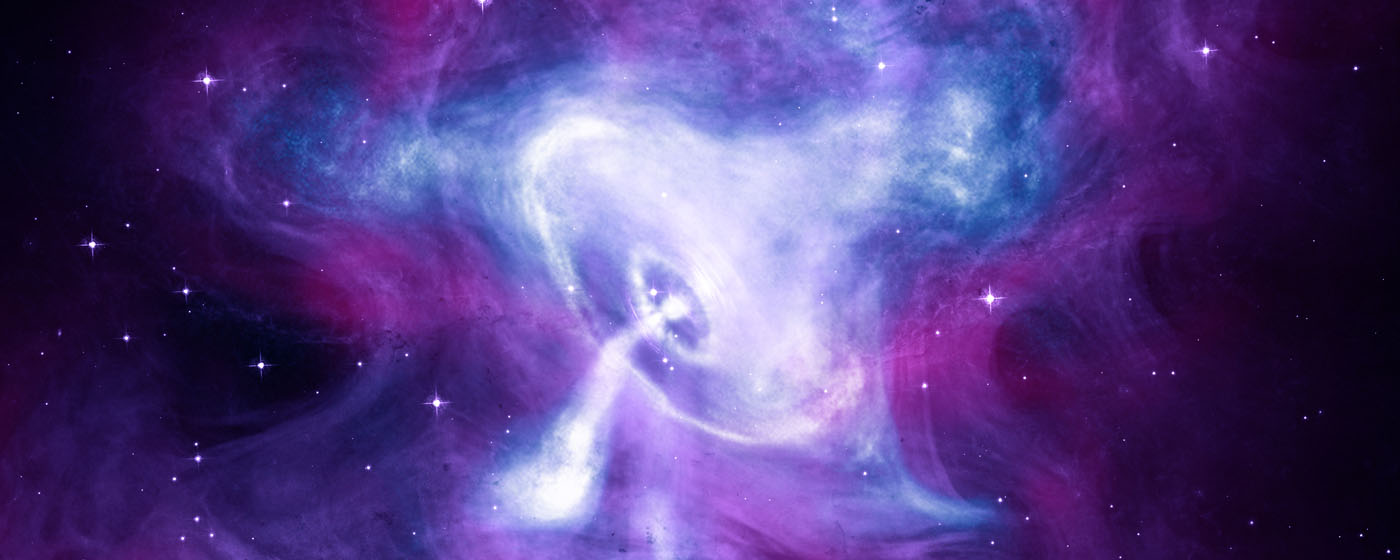Week of March 12 – March 16, 2018
(Video 1:00) Rocket Science in 60 Seconds: NASA SLS Orion Stage Adapter
Brent Gaddes, the Orion stage adapter manager for NASA’s Space Launch System, gives you a behind the scenes look at hardware will connect NASA’s Orion spacecraft to the massive SLS rocket. The adapter will also carry 13 CubeSats as secondary payloads on the rocket’s first mission, Exploration Mission-1.
NASA Science Heading to Space Ranges from the Upper Atmosphere to Microbes
The next scheduled commercial resupply mission to the International Space Station, launching no earlier than April 2, will deliver supplies, equipment and scientific research to the orbiting laboratory. Investigations scheduled to launch include experiments examining severe thunderstorms on Earth, growing food in space and much more.
FIRST Robotics Competition Returns to the ‘Rocket City’ March 16-17
An estimated 1,800 high-school students on 50 teams from 12 states, Brazil and Canada will compete March 16-17, in “FIRST POWER UP,” presented by FIRST Robotics, at the Von Braun Center in Huntsville, Alabama. The robotics competition challenges students to design, build and test robots for a video game-themed contest.
NASA, ASME Announce Winners of 3-D Printing Challenge
Ansel Austin, 15, a student from of Cupertino, California and Austin Suder, 18, a student from Scottsdale, Arizona, will soon have their dual-purpose tool designs 3-D printed on the International Space Station. This week, NASA and the American Society of Mechanical Engineers Foundation selected their designs as winners of the Future Engineers “Two for the Crew” Challenge.
A Crab Walks Through Time
The Crab Nebula was one of the first objects that NASA’s Chandra X-ray Observatory examined after it launched in 1999, and has been a frequent target ever since. Recent observations add to a scientific legacy, spanning nearly two decades, between Chandra and the nebula.
For more information or to learn about other happenings at NASA’s Marshall Space Flight Center, visit NASA Marshall. For past issues of the ICYMI newsletter, click here.






























